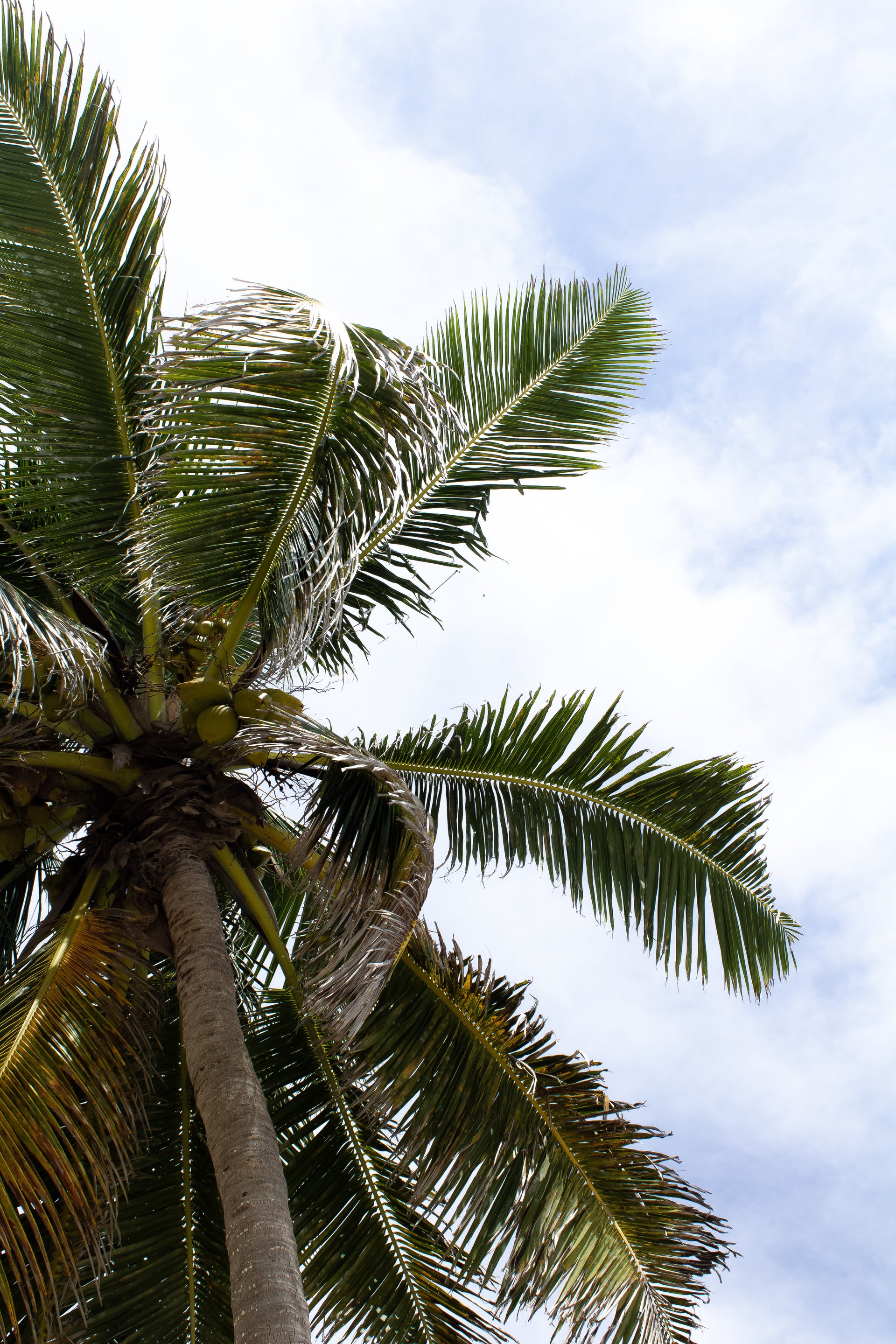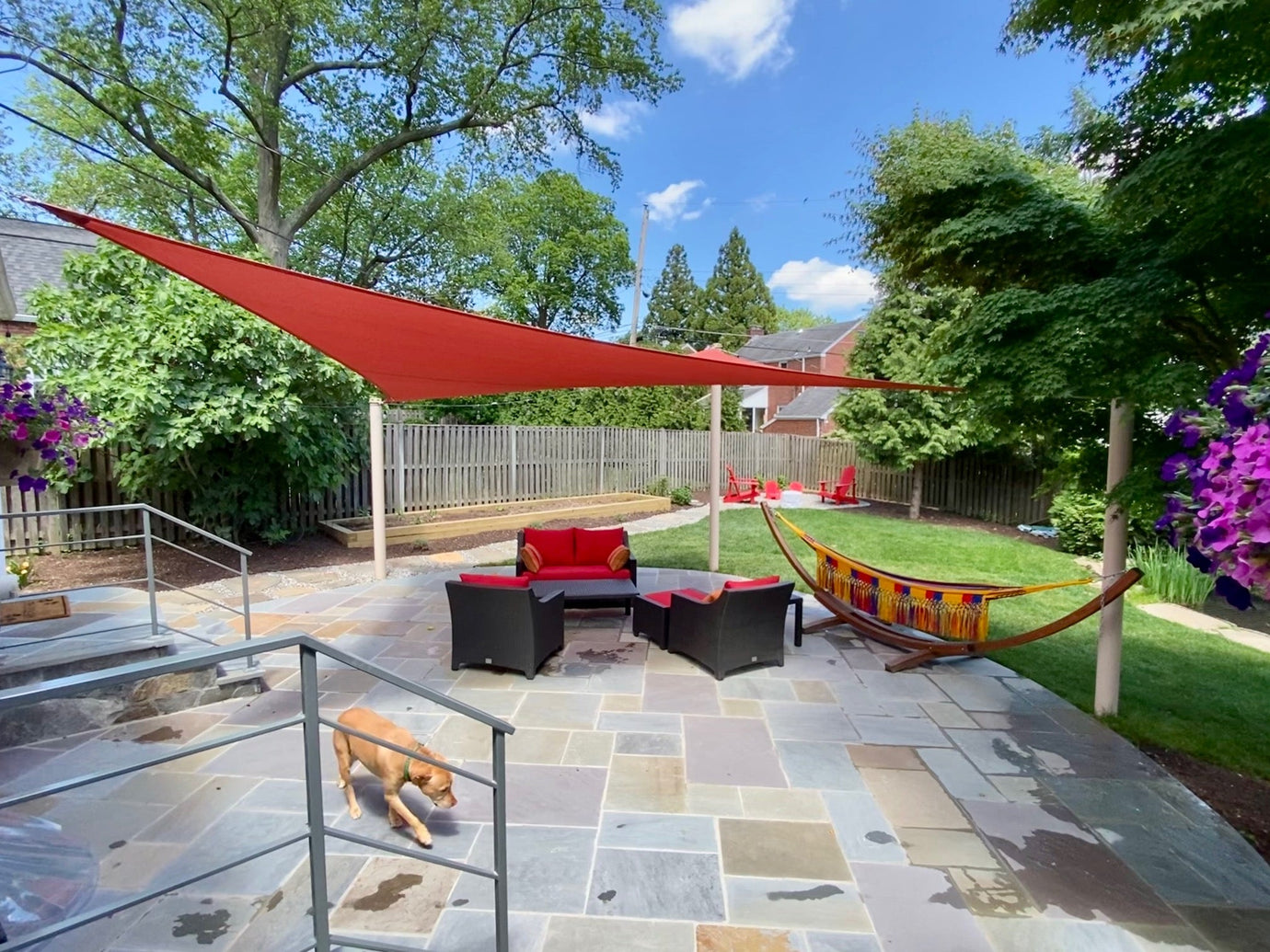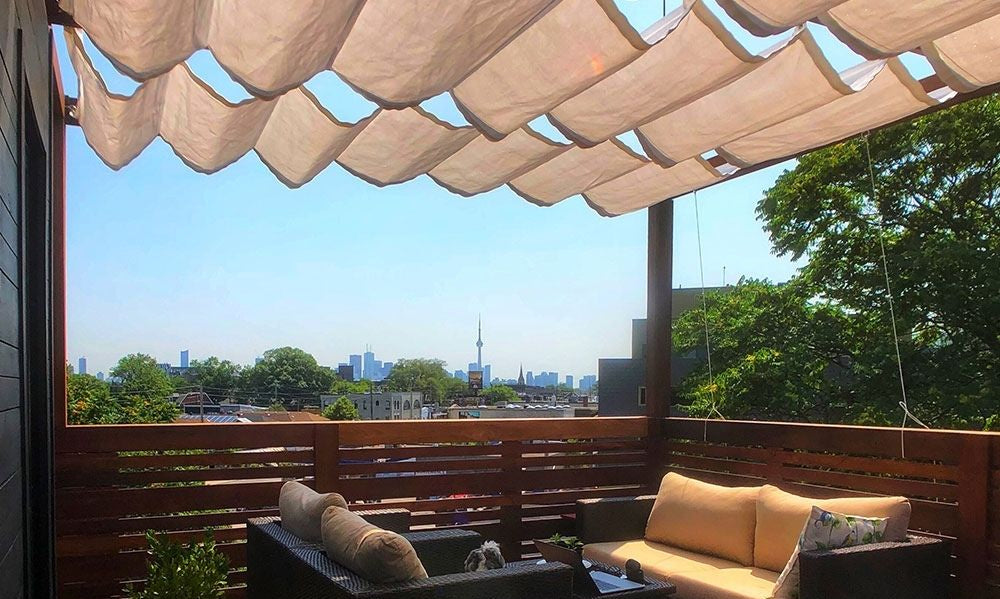Our YouTube channel includes detailed installation guides, frequently asked questions, product overviews and lots more. We are always open to content ideas so please let us know if there is a topic you would like us to cover.
The Evolution of Commercial Shade Design: Why Tensile Structures Matter

In the realm of commercial architecture and outdoor spaces, Commercial shade design has undergone a transformative evolution. From offering basic protection against the elements to becoming integral design elements that enhance aesthetics and functionality, modern shade structures have come a long way. Among these innovations, tensile structures stand out for their versatility and impact. This article delves into the significance of tensile structures in contemporary Commercial shade design, exploring their evolution, advantages, and practical applications.
The History and Evolution of Commercial Shade Design
The journey of Commercial shade design can be traced back to ancient civilizations, where rudimentary shelters provided shade and respite from harsh climates. Over the centuries, these simple structures evolved, incorporating more sophisticated materials and designs. The Renaissance period saw the introduction of awnings and canopies, which were not only functional but also ornamental.
The modern era has ushered in advanced materials and technologies, enabling the creation of tensile structures. These are lightweight, durable, and versatile, made possible through the use of materials like PVC-coated polyester, PTFE-coated fiberglass, and ETFE film.

Why Tensile Structures Matter
Architectural Flexibility
Tensile structures offer unparalleled flexibility in design and application. They can be molded into any shape, providing architects with creative freedom. Unlike traditional rigid structures, tensile materials allow for organic and flowing designs that can adapt to the aesthetic requirements of diverse commercial spaces.
Durability and Maintenance
The materials used in tensile structures are engineered for longevity. They are resistant to UV rays, mildew, and extreme weather conditions, ensuring that they remain functional and visually appealing for years. Moreover, the maintenance of these structures is minimal compared to traditional materials, making them cost-effective in the long run.
Environmental Considerations
Tensile structures are inherently sustainable. They require fewer materials for construction, reducing the environmental footprint. Additionally, their ability to reflect sunlight helps in reducing heat absorption, contributing to energy savings for indoor spaces.
Cost-Effectiveness
From initial construction to long-term maintenance, tensile structures often offer cost advantages. The materials are generally more affordable and easier to install. Their durability translates to lower maintenance costs, making them a viable option for budget-conscious commercial projects.
Frequently Asked Questions
What are tensile structures made of?
Tensile structures commonly utilize materials such as PVC-coated polyester, PTFE-coated fiberglass, and ETFE film. These materials are selected for their strength, flexibility, and durability.
How are tensile structures different from traditional shade structures?
Unlike traditional shade structures, which rely on rigid frames and solid materials, tensile structures use lightweight, flexible membranes and cables. This allows for more innovative and customized designs.
Are tensile structures suitable for all climates?
Yes, tensile structures are designed to withstand various climatic conditions. Their materials are resistant to UV rays, mildew, and extreme weather, making them suitable for diverse environments.
What are the maintenance requirements for tensile structures?
Maintenance is minimal for tensile structures. Regular cleaning and occasional inspections are usually sufficient to maintain their integrity and appearance.
How has commercial shade design evolved over the years?
Commercial shade design has undergone substantial evolution, reflecting broader changes in architectural styles, technology, and societal needs.
- Early Era: Initially, shade structures were basic and functional, often comprising simple awnings or pergolas made from wood or fabric. These structures provided necessary relief from the sun but were limited in terms of durability and aesthetic appeal.
- Industrial Revolution: With advancements in materials and construction techniques during the Industrial Revolution, metal became a popular choice for shade structures. This era saw the introduction of more complex and durable designs.
- Modernism (Mid-20th Century): The mid-20th century brought about a shift towards minimalism and functionalism in architecture. Shade design adapted, focusing on clean lines and efficient structures. Aluminum and other lightweight metals became prevalent, allowing for innovative and sleek designs.
- Late 20th Century to Present: Recent decades have witnessed a surge in the use of tensile structures, which use tension (rather than compression or bending) to achieve stability and form. These structures are not only functional but also offer a high degree of aesthetic flexibility. Modern materials such as PTFE (Polytetrafluoroethylene) and ETFE (Ethylene Tetrafluoroethylene) have allowed for light, durable, and versatile shade solutions.
- Sustainability and Technology Integration: Today, there is a growing emphasis on sustainable designs that reduce energy consumption and contribute to environmental well-being. Smart technologies, such as automated shading systems that respond to environmental conditions, have also become integral.

Why do tensile structures matter in commercial shade design?
Tensile structures have revolutionized commercial shade design for several reasons:
- Versatility: Tensile structures can be molded into various forms and sizes, making them suitable for large outdoor spaces like stadiums, amphitheaters, and shopping centers as well as smaller settings like cafes and courtyards.
- Aesthetics: The fluid and modern appearance of tensile structures can enhance the visual appeal of commercial spaces. They offer architects and designers significant creative freedom to explore unique and eye-catching designs.
- Durability: Made from advanced materials such as PTFE, ETFE, and PVC-coated polyester, tensile structures are highly durable and can withstand various weather conditions, including UV exposure and heavy rainfall.
- Lightweight: Tensile structures are often much lighter than traditional building materials, reducing the amount of support needed and making them easier and quicker to install.
- Natural Light: They can be designed to allow natural light to filter through while still providing shade, creating bright and welcoming environments without the harshness of direct sunlight.
What are the key elements in modern commercial shade design?
Several key elements define modern commercial shade design:
- Sustainability: With growing environmental awareness, modern shade structures often incorporate sustainable materials and design principles that minimize energy consumption and reduce heat islands.
- Innovative Materials: The use of advanced materials such as ETFE, PTFE-coated glass fibers, and high-density polyethylene (HDPE) contributes to durability, light transmission, and resistance to weather and UV radiation.
- Technology Integration: Smart shading systems use sensors and automation to adjust the shades based on the time of day, weather conditions, and building usage, optimizing comfort and energy efficiency.
- Modularity: Modern designs often favor modular components that can be easily replaced or upgraded, offering flexibility for changing commercial needs.
- Aesthetic Appeal: Contemporary shade structures prioritize visual harmony with their surroundings. Creative and artistic designs can attract customers and enhance the branding of commercial spaces.
- Functional Design: Beyond aesthetics, modern shade designs are highly functional, providing optimal shade, rain protection, and comfortable outdoor environments through careful consideration of angles, spans, and material properties.
How do tensile structures contribute to the efficiency of commercial shades?
Tensile structures enhance the efficiency of commercial shades in several ways:
- Material Efficiency: Tensile structures use materials efficiently by distributing stresses across the surface, allowing for large spans with minimal material. This reduces construction costs and material wastage.
- Thermal Regulation: The materials used in tensile structures, such as PTFE and ETFE, have excellent thermal properties. They can reflect a significant portion of solar radiation, reducing heat gain and lowering cooling costs for adjacent buildings.
- Daylighting: Tensile materials often allow diffused natural light to penetrate, reducing the need for artificial lighting while still providing shade. This balance helps in creating comfortable and productive commercial environments.
- Ventilation and Airflow: The open and airy nature of tensile designs can enhance natural ventilation, reducing reliance on mechanical cooling systems and contributing to indoor comfort.
- Maintenance: Modern tensile materials require minimal maintenance and are resistant to mold, mildew, and other environmental factors. This longevity and ease of care contribute to the overall efficiency and cost-effectiveness of commercial shade structures.
-
Adaptability: Tensile structures can be easily adapted and reconfigured to meet changing commercial requirements, such as seasonal adjustments or rebranding efforts, making them a flexible and future-proof solution for commercial shading needs.
By incorporating these elements, tensile structures not only provide effective and aesthetically pleasing shade but also contribute to the overall sustainability and functionality of commercial spaces.
Conclusion
The evolution of Commercial shade design is a testament to the advancements in materials and architectural innovation. Among the various options available, tensile structures have emerged as a critical component due to their flexibility, durability, environmental benefits, and cost-effectiveness. As commercial spaces continue to prioritize both functionality and aesthetics, tensile structures represent a sophisticated solution that meets modern demands. For any business or space looking to enhance its shaded areas, understanding the benefits of tensile structures can lead to informed and impactful design choices.
In summary, the journey of Commercial shade design highlights the importance of embracing new materials and technologies. Tensile structures not only address practical needs but also contribute to the aesthetic and functional quality of commercial architecture.



